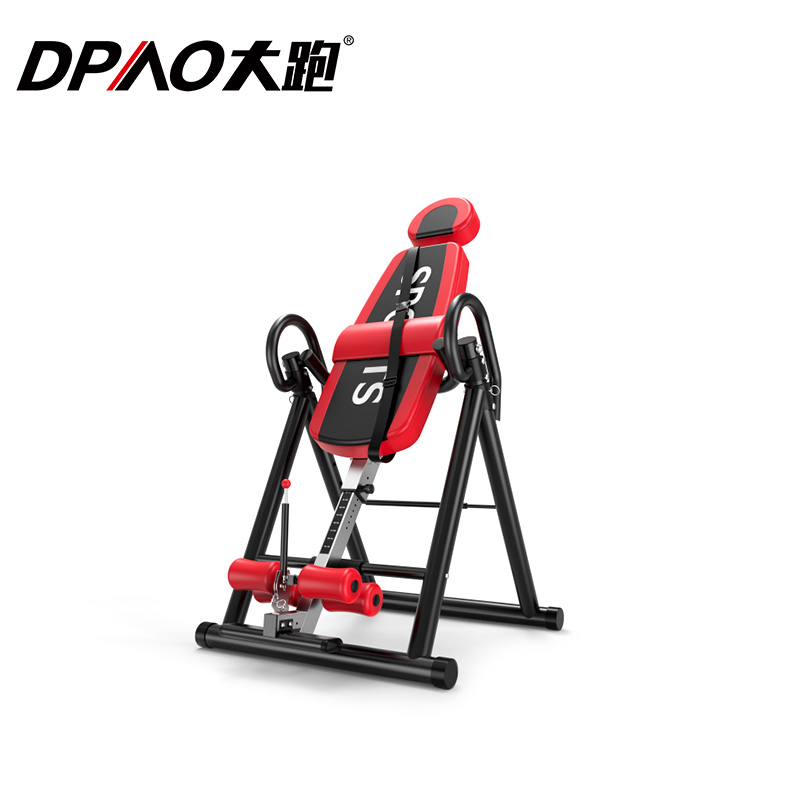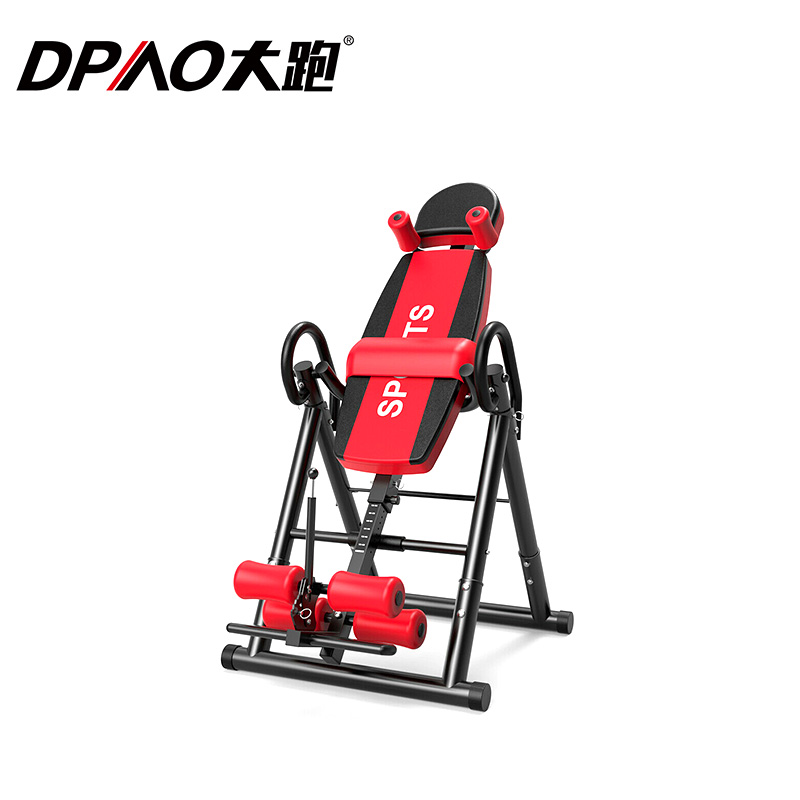Email Address
Service Hotline
0086-571-85055132

1. Running is a kind of whole body exercise, it can make the muscles of the whole body contract and relax rhythmically, increase the muscle fiber and increase the protein content. Muscle is one of the signs of bodybuilding.
2. The bones are the supports of the body and the levers for human activities. Teenagers in the growth and development period, insisting on running can improve blood circulation, increase the supply of nutrients for bone cells, and increase the growth ability of bone cells, thereby promoting the normal development of bone. In the elderly, metabolism is weakened, muscles are gradually atrophy, bones are undergoing degenerative changes, and bone and joint diseases are increasing. Persisting in running can strengthen your metabolism, delay the degenerative changes of bones, prevent the occurrence of senile bone and joint diseases, so that you can delay aging.
3. The heart is the hub of blood supply throughout the body and the driving force of life. Running for a long time will make your heart muscle stronger and stronger, and the amount of protein and myoglobin will increase. Under X-ray fluoroscopy, it can be clearly seen that the athlete's heart is larger than the average person, with a plump appearance and a strong beating. In general, the blood volume of the heart is 765-785 ml, and the blood volume of people who insist on exercise can reach 1015-1027 ml, and the heartbeat can be slowed by 10-20 beats/min. This reduces the burden on the work of the heart. On the other hand, running can enhance the tolerance of the heart. As we all know, when the heartbeat exceeds 100 beats/min, the average person will feel dizzy, palpitation, and wheezing. Long-term runners can tolerate 150 beats/min.

4. human life activities are inseparable from oxygen at a moment, inhaling fresh oxygen and exhaling carbon dioxide. An important indicator to measure the health of respiratory function is vital capacity and maximum ventilation. Running can develop breathing muscles and increase lung capacity by 1-2 liters. The maximum oxygen intake of trained athletes can increase by 33-60% compared with ordinary people.
5. Running can increase gastrointestinal peristalsis, increase the secretion of digestive juice, improve digestion and absorption capacity, thereby increase appetite, supplement nutrition, and strengthen physical fitness.
6. For women, running helps regulate menstruation and reduce gynecological diseases. American obstetrician and gynecologist Xiang Gejie conducted a survey on the menstrual cycle of 394 female athletes in the New York Marathon in 1979 and found that 26% of women with menstrual disorders returned to their normal cycle, and 17% of women with amenorrhea returned to menstruation. This is because running increases metabolism, promotes digestion and absorption, regulates the function of the nervous system, and improves endocrine function.
7. Running can hone people's will and perseverance, enhance toughness and patience, increase sensitivity, and promote adaptability to the environment. People who persist in exercising for a long time have three characteristics when completing quantitative work: First, they act fast;
The second is that it has great potential and can play its maximum functional potential to complete the task; the third is that it recovers quickly, and fatigue is eliminated quickly and completely, and it can quickly return to a calm level.







